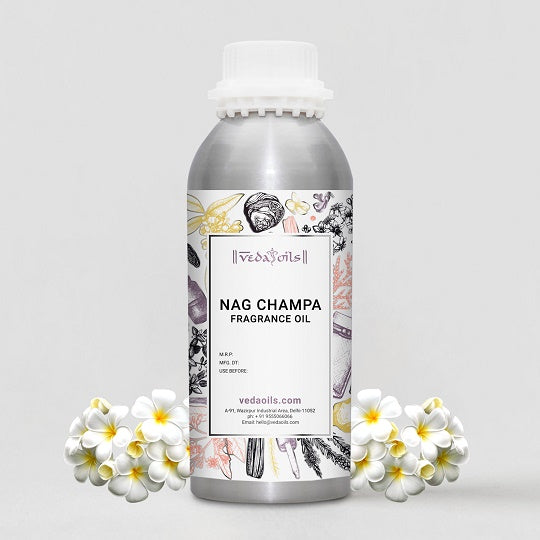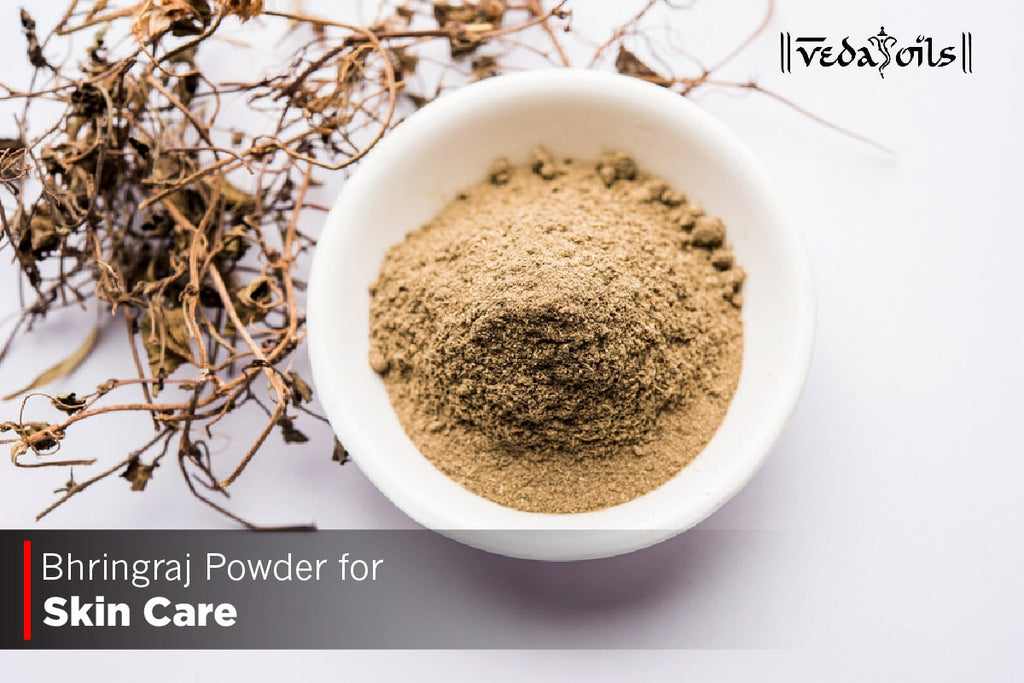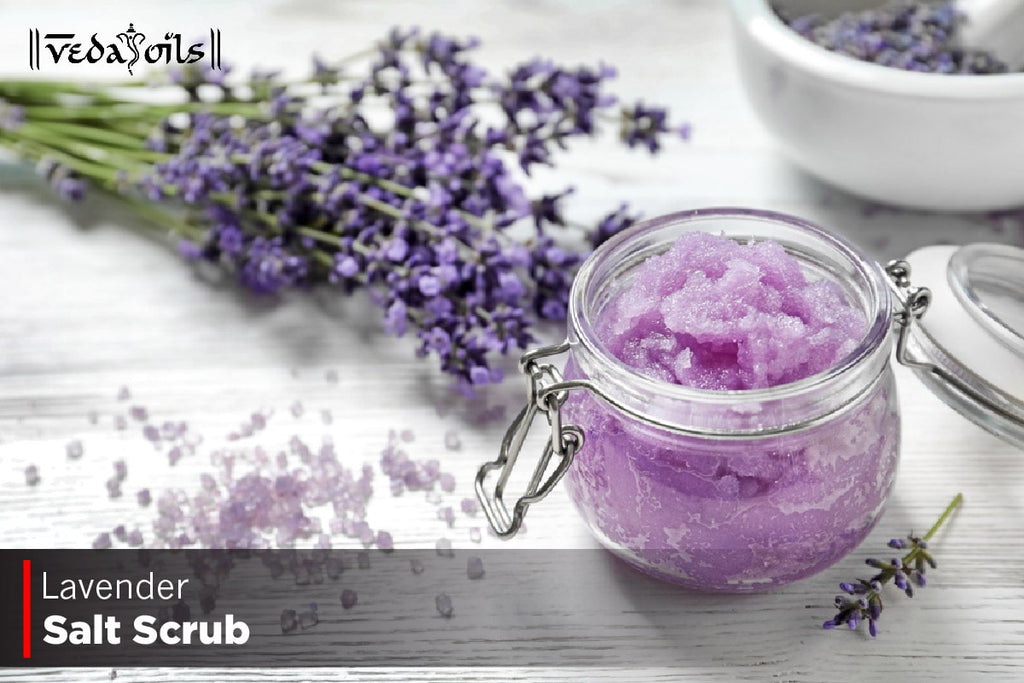The Agarbatti Making Business is unquestionably one of the most profitable Small Scale Industries (SSI). This business, especially in rural locations, can be launched with a small cost and minimal raw supplies. Agarbatti-making is a profitable enterprise due to the high demand. You can start small with low capital and equipment; with the right marketing approach, it can quickly grow.

Agarbattis have long been regarded as sacred things that have benefited and contributed to religious activities such as praying and worshipping, as well as for reasons such as meditation, yoga, and relaxation, particularly since PM Modi's Yoga campaign. So, let's check out how to start agarbatti making business in India.
About Indian Agarbatti Industry
If you wish to learn how to start agarbatti making business in India; you should know about Indian agarbatti industry. The market has developed rapidly over the last five years and is predicted to grow by more than 60% by the end of 2022-23. India's northern and southern states account for over two-thirds of the country's agarbatti sales.
Business Plan For Starting Agarbatti Making Business In India
It's great to be excited about starting a business, but knowledge is vital when it comes to putting time and money into something. Let us make it easy for you. We've outlined the steps for beginning an agarbatti making business in India.
1. Do Market Research
Market research entails gathering information on the many types and qualities of incense sticks available. The scale of the business is dependent on the sort of incense that is manufactured. India is one of the world's biggest incense producers. In addition, there is a significant demand for incense imports.

The United Kingdom, the United States, Nigeria, Egypt, the United Arab Emirates, and Latin America are among the leading importers of incense sticks. Incense sticks, dhoop cones, dhoop sticks, and flavored dhoop are all available on the market. South Indian Territory – 32-35 percent, West India – 28-30 percent, North India – 15-18 percent, and East India – 17-25 percent – are the sections of India that contribute to demand.
2. Getting Knowledge of Making Agarbatti
The Indian agarbatti industry is one of the most vibrant cottage industries in the country, employing over 20 lakh people. In the financial year 2018-19, the Indian Agarbatti Industry generated an astounding revenue of nearly Rs. 1000 crore by exporting its products to countries worldwide.
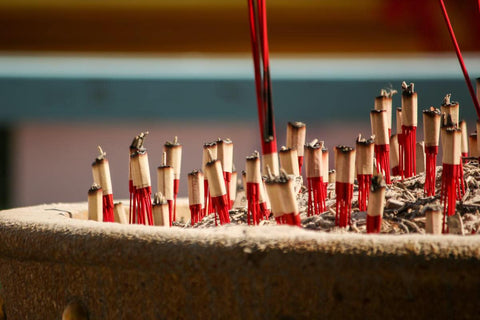
The Agarbatti Export Industry in India has grown at a 15 percent compound annual growth rate (CAGR) and is predicted to reach Rs. 12,000 crores in the next five years. Meanwhile, with the support of states like Uttar Pradesh, West Bengal, Maharashtra, Tamil Nadu, and Karnataka, India's domestic industry's demand for agarbattis has climbed to Rs 7,000 crore.
3. Creating Agarbatti Business Plan
Before launching any firm, you must first write a business plan. A business plan defines the nature of the company. It aids in obtaining finance from financial institutions, government subsidies, business loans, term loans, or working capital loans from private and public sector banks and non-bank financial companies (NBFCs).

Background and nature of the business, total budget, working capital investment, details of purchased equipment and machinery, information of raw materials or products, existing staff or new employee details, marketing or advertising strategies, loan details (if any), business credit report, details of property/premises/area to be used for business purposes, and so on should all be included in the business plan.
4. Funding: Investment Needed to Start Agarbatti Making Business
Agarbatti production can be established for a low to medium investment using only basic raw materials. To create a small business where agarbatti can be prepared manually, an initial investment of between Rs. 20 thousand and Rs. Fifty thousand is required.

A bid-size business requires anywhere from 1 lakh to Rs. 4 lahks. 8-10 personnel are necessary to start an agarbatti-making firm, which includes a production manager, semi-skilled laborers, delivery boys, accountants, clerks, and other employees as needed by the business.
5. Paper Work: Legal License & Registrations for Agarbatti Making Business
Examine the business's local legislation and tax obligations. You must register your business with ROC in addition to the standard proprietorship or partnership setup.

Online trade licenses and MSME Udyog Aadhaar registration applications are available. For tax purposes, you'll need a GST number. If starting a business with more than ten employees, you'll need to look into the PF AND ESI Act. Finally, contact your state's Pollution Control Board to see whether a NOC is required.
6. Raw Materials For Agarbatti Making: Sourcing Best Agarbatti Supplies
Bamboo sticks and other powders are the primary basic materials for agarbatti. Charcoal dust, Jigat Powder, Nargis Powder, Wood Incense Powder, Joss Powder, and numerous essential oils are among the other components. It would be best to choose the appropriate formula based on the aroma.
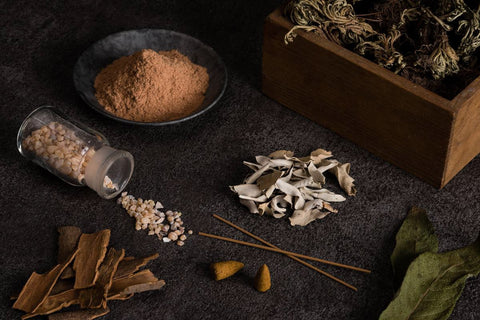
Keep an eye on the packing. In the production of agarbatti, a scent lock packaging technique is essential. Packing will necessitate the use of a sturdy cardboard box. The basic material can be obtained from any wholesale store or reputable provider.
7. Machinery Required For Agarbatti Making
The agarbatti and dhup business can be established by physically constructing each agarbatti, which can cost anywhere from Rs 10,000 to Rs 30,000. The machinery utilized in a firm's early phases should range from Rs. 1 lakh to Rs. 5 lahks. The machinery and equipment used to make agarbattis are considerably larger, necessitating the usage of large spaces or manufacturing sheds. To avoid objections or complaints, machinery or equipment should be maintained away from residential areas.

This is the last and final phase. In the agarbatti-making business, machines are crucial. There are many different types of machines on the market, but you must choose one that fits your budget. There are many different types of machines on the market. Advanced technology is used in the agarbatti production machine and other machines such as automatic, semi-automatic, dryers, and powder machines. You can always make agarbatti by hand only.
8. Evaluating Profit Margins of Agarbatti Making business
In the production of raw agarbatti, the profit margin is roughly Rs10 per kg. This profit margin is based on actual statistics from north India, and it may differ in the south.

Since one high-speed automated machine can create 100kg of raw agarbatti in 10 hours, a profit of Rs10/kg is highly appealing.
9. Marketing & Selling Agarbatti Making Business
If you're a newcomer to the market with a limited promotional budget, focus on selling Agarbatti items in your immediate vicinity. Agarbattis could be sold on a local level.

Set up temporary kiosks closer to a temple or religious site. Install banners and distribute fliers, which you may sell from your stall. You can also sell your products on Amazon or other online marketplaces. You can also reach a larger audience by setting up an online store and selling your products there.
Is Agarbatti Making Business Profitable In India?
Agarbattis are utilized by people from various walks of life, including those from Sri Lanka, Indians living abroad, India, and Burma. Agarbattis are in high demand throughout the year, especially during festive seasons. Because of this industry's low degree of technology, it is possible to start an incense-making firm with simple machinery and a small initial expenditure. So, go for the agarbatti making business in India.
How Vedaoils Help In Your Agarbatti Making Business?
Bamboo sticks, Aromatic chemicals, Essential Oils, Gelatin sheets, Fragrance Oil, Sawdust, and Jagat Powder, are just a few of the agarbatti-making ingredients available from Vedaoils. These items are sold under the agarbatti-Making banner. Vedaoils is a one-stop shop for all agarbatti-making requirements and materials. You can purchase agarbatti-Making raw ingredients at a low cost and begin making your own DIYs, or start an agarbatti making business in India now.
FAQs: How to Start Agarbatti Making Business in India
Q1: Is Agarbatti Making The Business Profitable?
Ans: In more than 90 countries, agarbattis are used. India is the only country that produces these Incense Sticks and meets the demands of all nations worldwide. Basic agarbatti Making Business Plan Parameters. Gross Profit Rs 2 lakh per month on an investment of Rs 80,000 to Rs 1.5 lakh.
Q2: How To Start An Agarbatti Business At Home?
Ans: To start an agarbatti business, you'll need a market analysis, a profit chart, equipment, machinery, ingredients, and a business strategy. For additional information, see the section above.
Q3: Where Can We Get Raw Materials For The Dhoop Agarbatti Business?
Ans: Raw materials for dhoop agarbatti are readily available; however, for the highest quality dhoop agarbatti raw material, turn to VedaOils, a reputable raw material company that offers high-quality ingredients at reasonable costs; visit Vedaoils.com for more information and discounts.


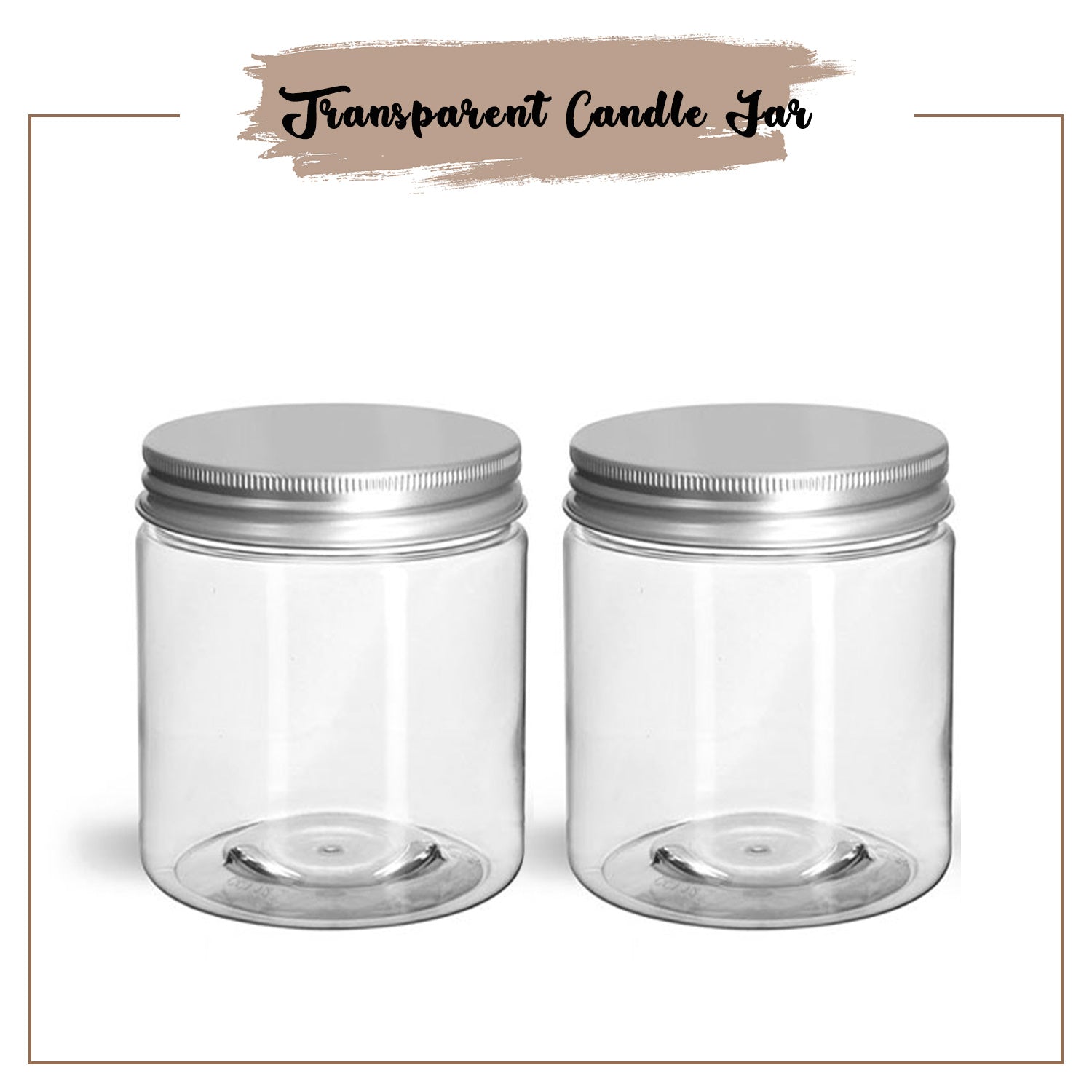





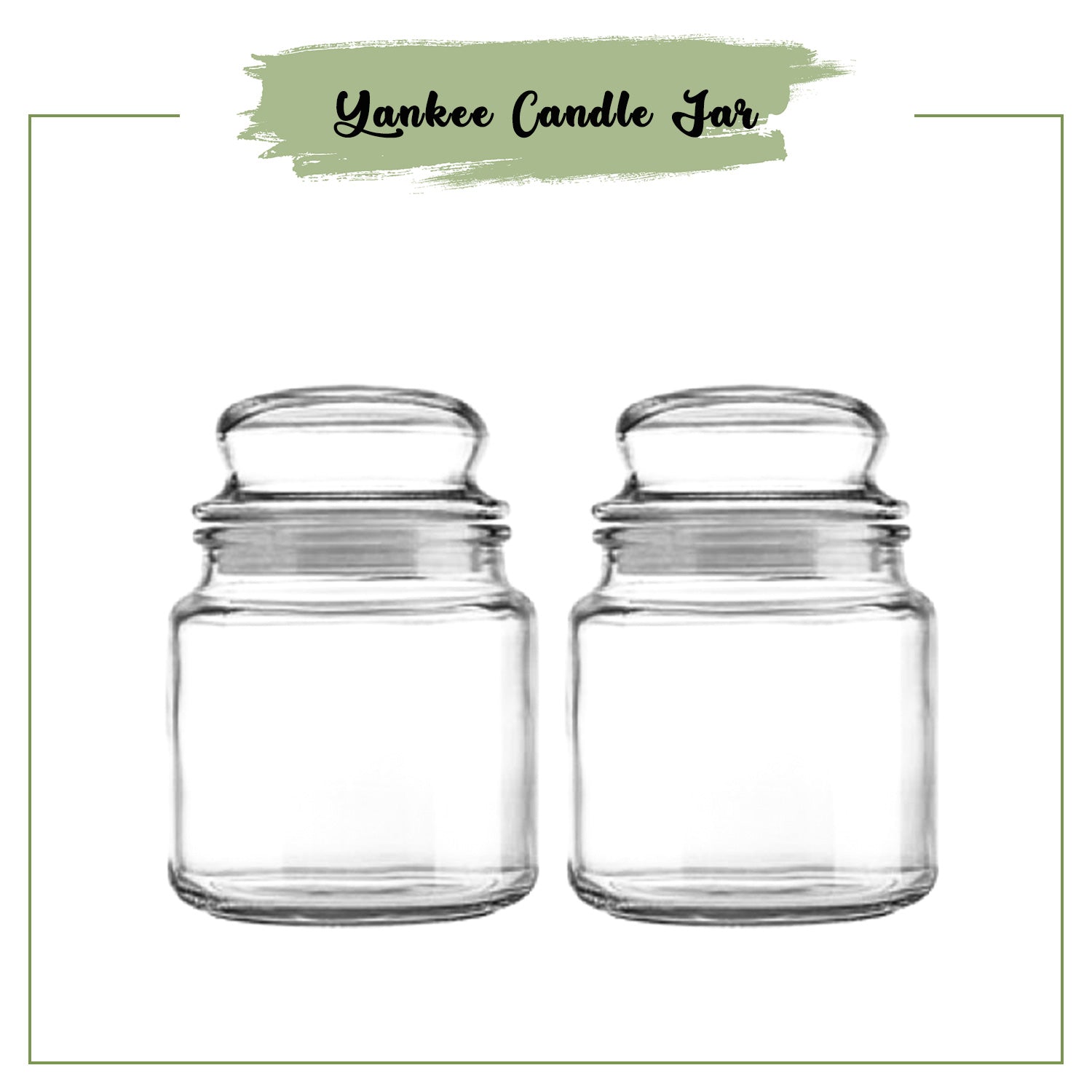

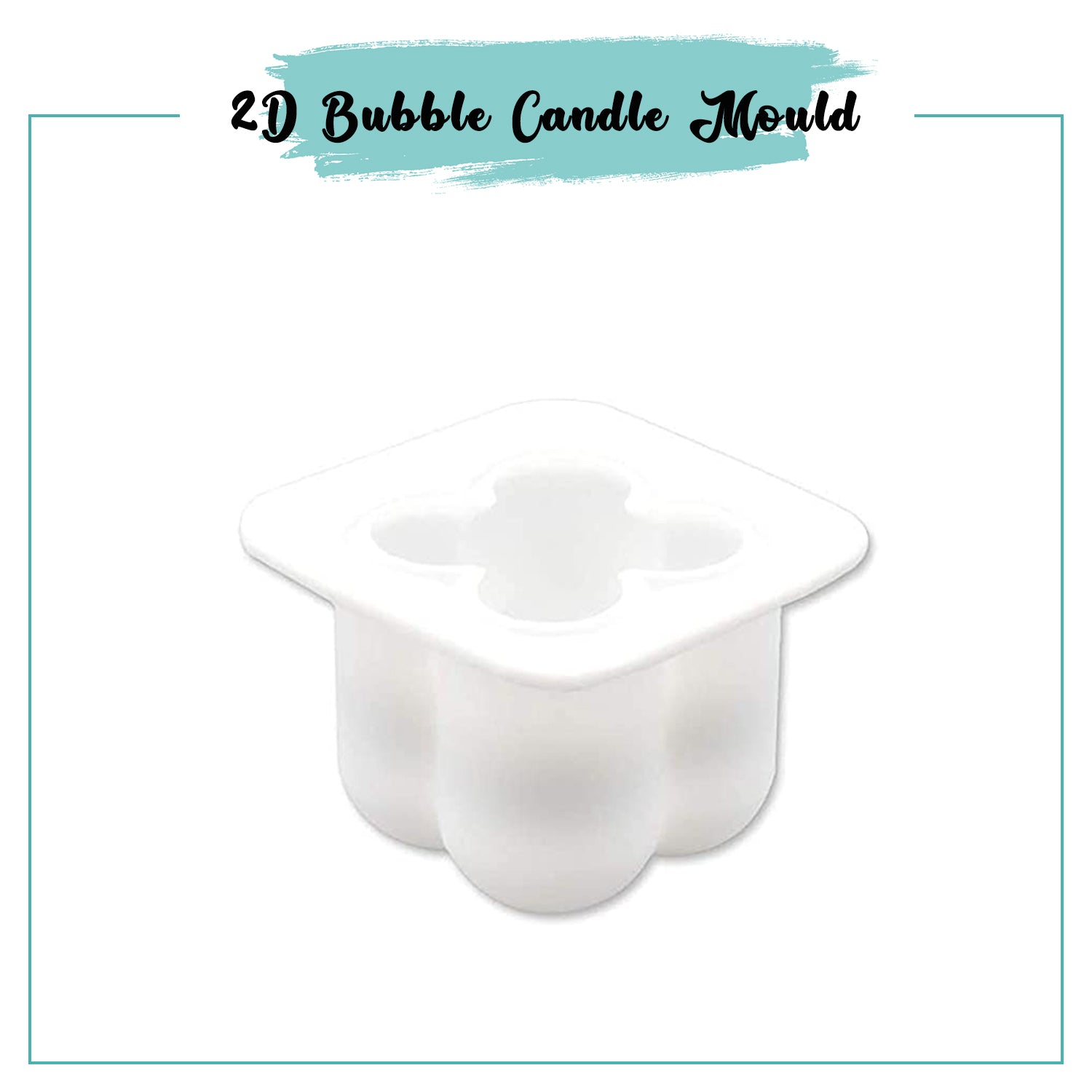


 Sign in
Sign in Register now
Register now My Reward Points
My Reward Points






